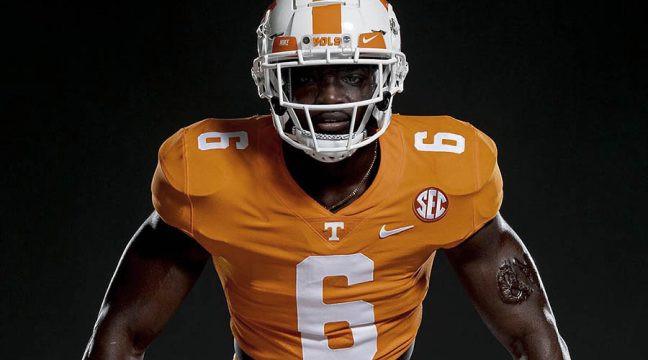Kodiak is taking steps to reduce its environmental footprint and improve sustainability through a multi-year, multi-faceted initiative—”Built for What Matters.” The initiative focuses on design and manufacturing, incorporating fewer, more sustainable materials and implementing manufacturing processes that are less impactful to the environment.
“The workwear category as a whole has a lot of work to do to make products that are less impactful to the planet,” said Karen McSorley, Kodiak senior brand manager. “This initiative takes a holistic look at our design and manufacturing processes to identify opportunities to improve. It’s pretty simple really, we build footwear for exploring, the planet and we need to do our part to help protect it.”
Kodiak has partnered with its suppliers to incorporate less harmful manufacturing practices and more environmentally considered materials into its Fall 2021 product line. For example, it will use PrimaLoft P.U.R.E. insulation, made with 100 percent post-consumer recycled PET plastic using a process that generates “48 percent less carbon than the traditional insulation manufacturing process.”
It has sourced leathers from ISA TanTec, tanneries that are “rated gold for environmental responsibility by the Leather Working Group, a multi-stakeholder auditing group.” It has also partnered with Evoco to create the Comfortzone Eco footbed featuring a foam made with 70 percent plant-based biomass.
Kodiac said it is committed to the following:
- Working with partners that offer traceably recycled, organic and renewable materials;
- Source leather from tanneries rated Silver, Gold or Platinum by the Leather Working Group;
- Replace oil-based materials with plant-based alternatives;
- Build for longevity and durability by integrating replaceable and repairable parts;
- Strive for zero waste in owned and partner manufacturing facilities by considering recycling factory surplus and/or using post-consumer waste;
- Limit the number of materials and trims its uses; and
- Assess materials that give equal weight to environmental impact and intended end-use.
For more information, go here.









